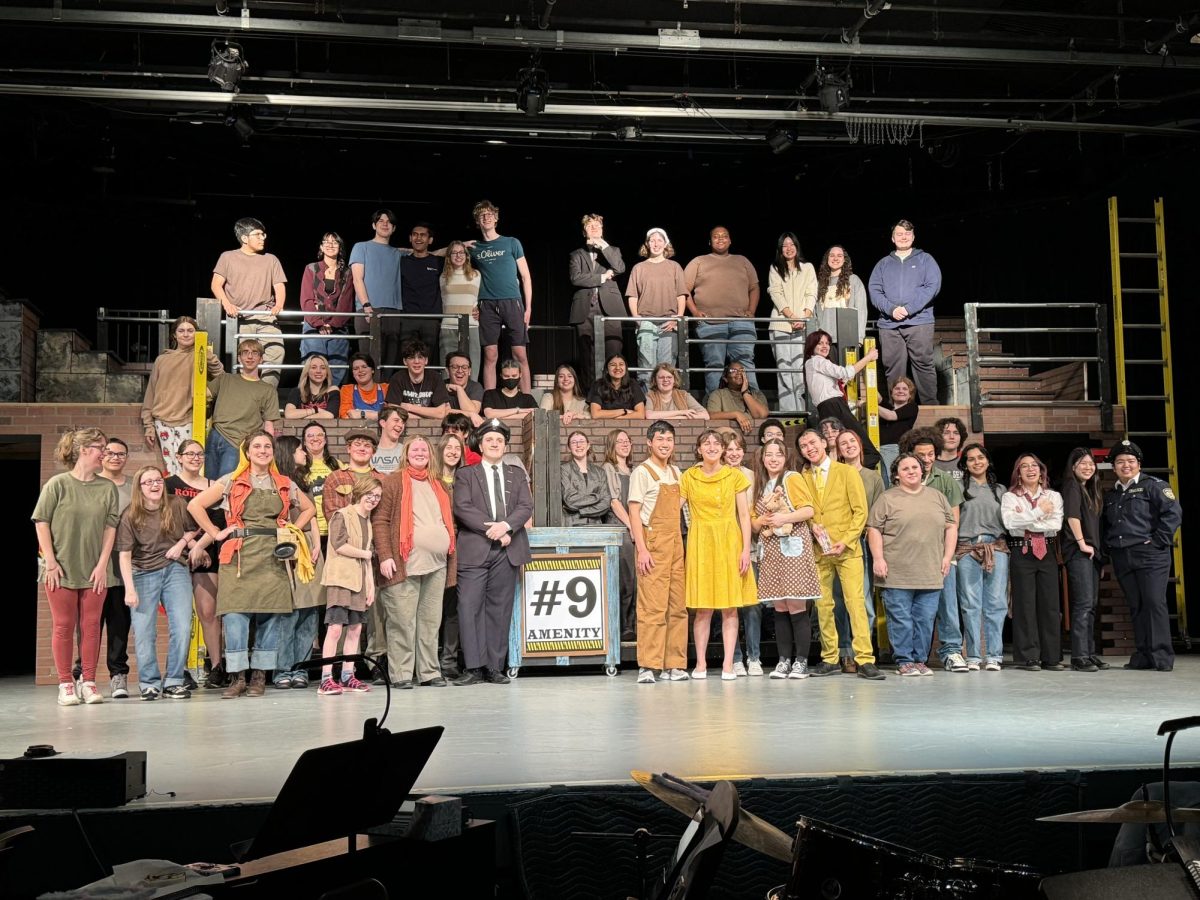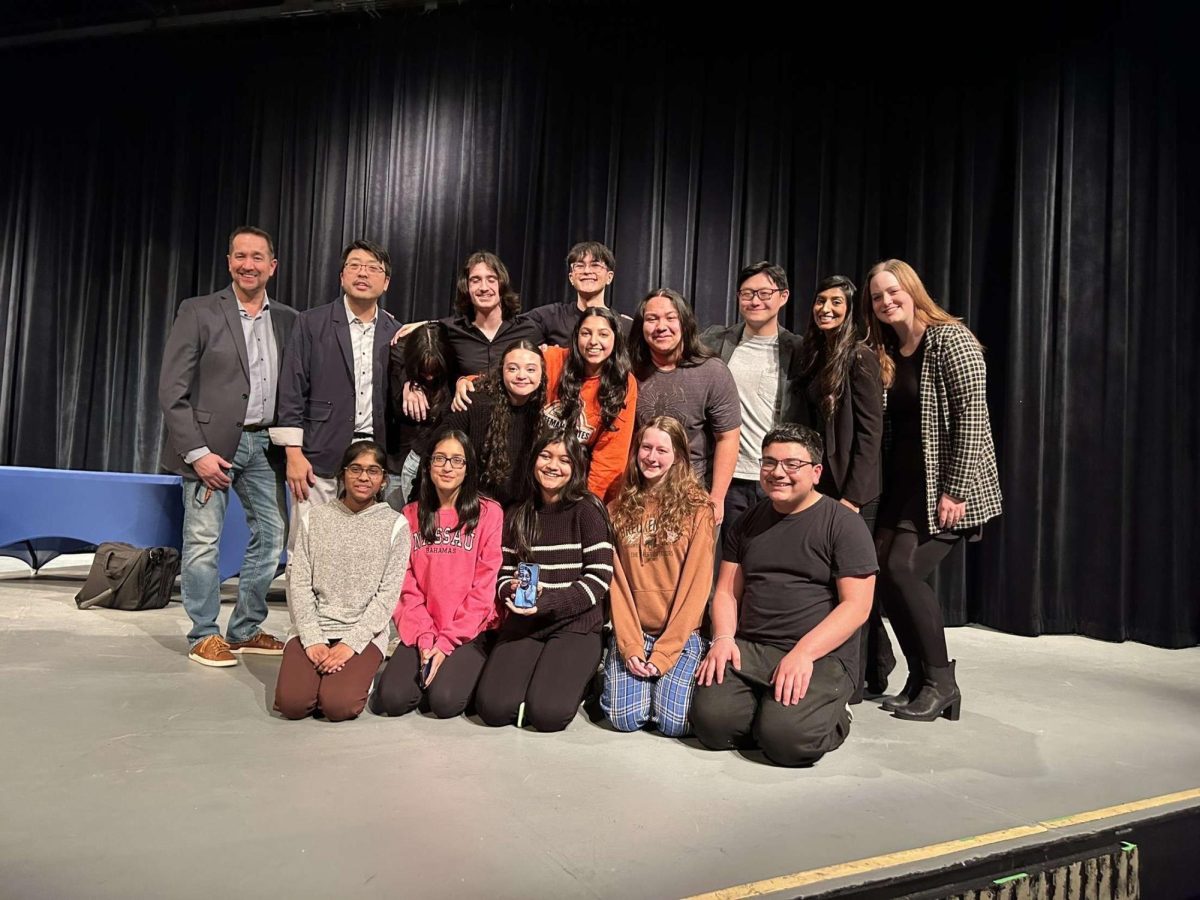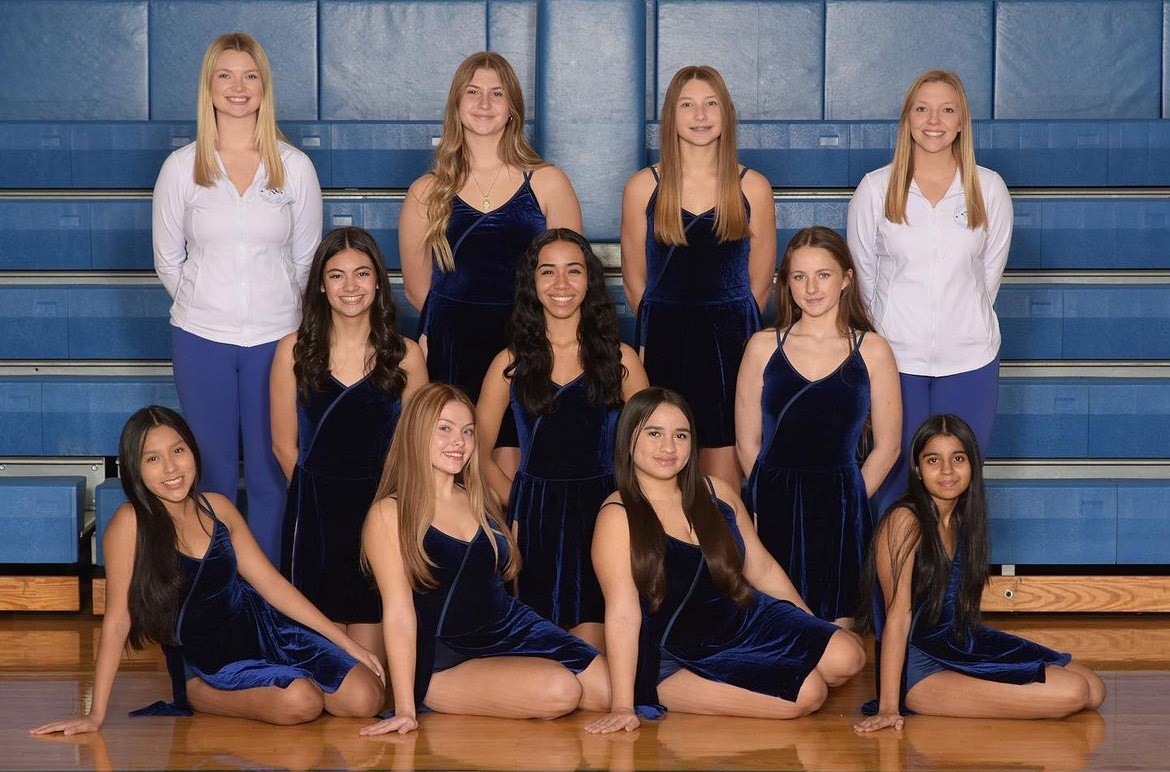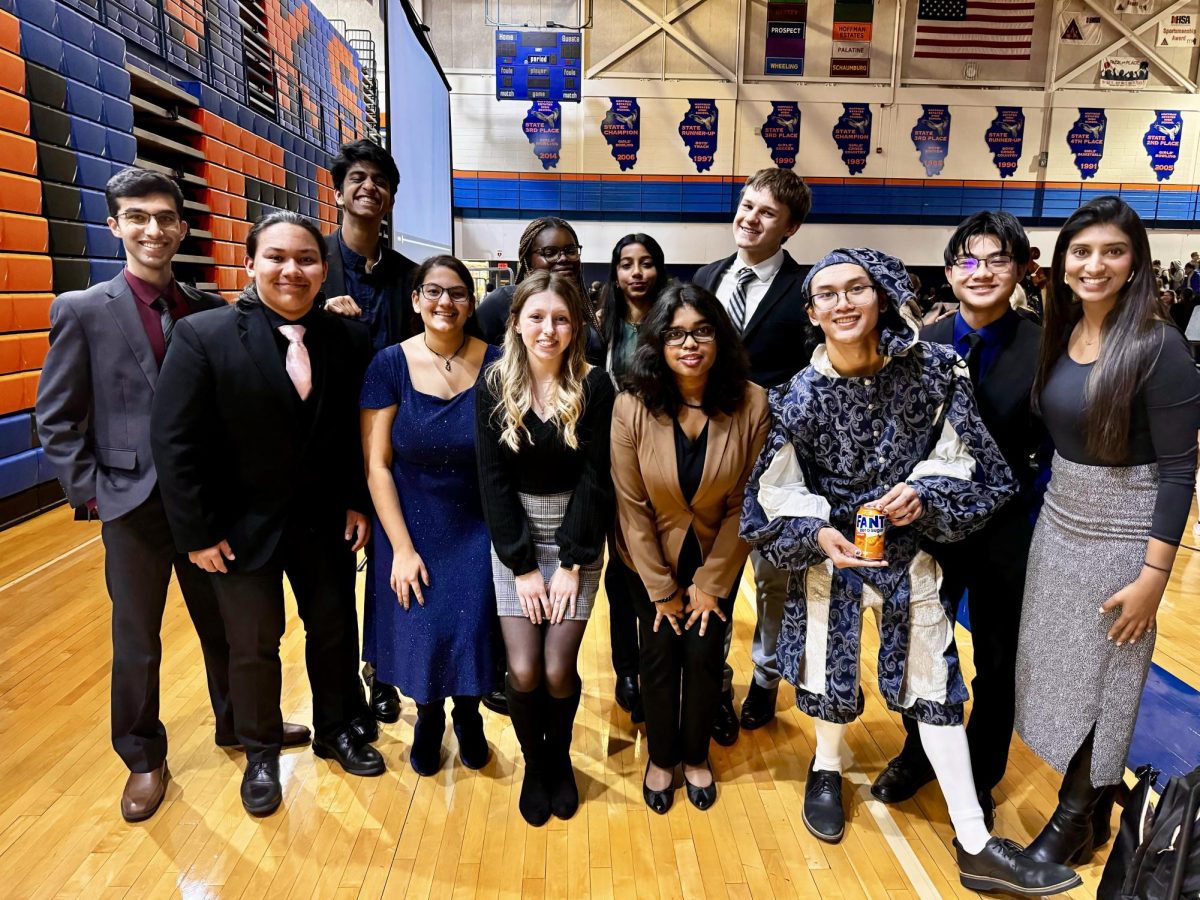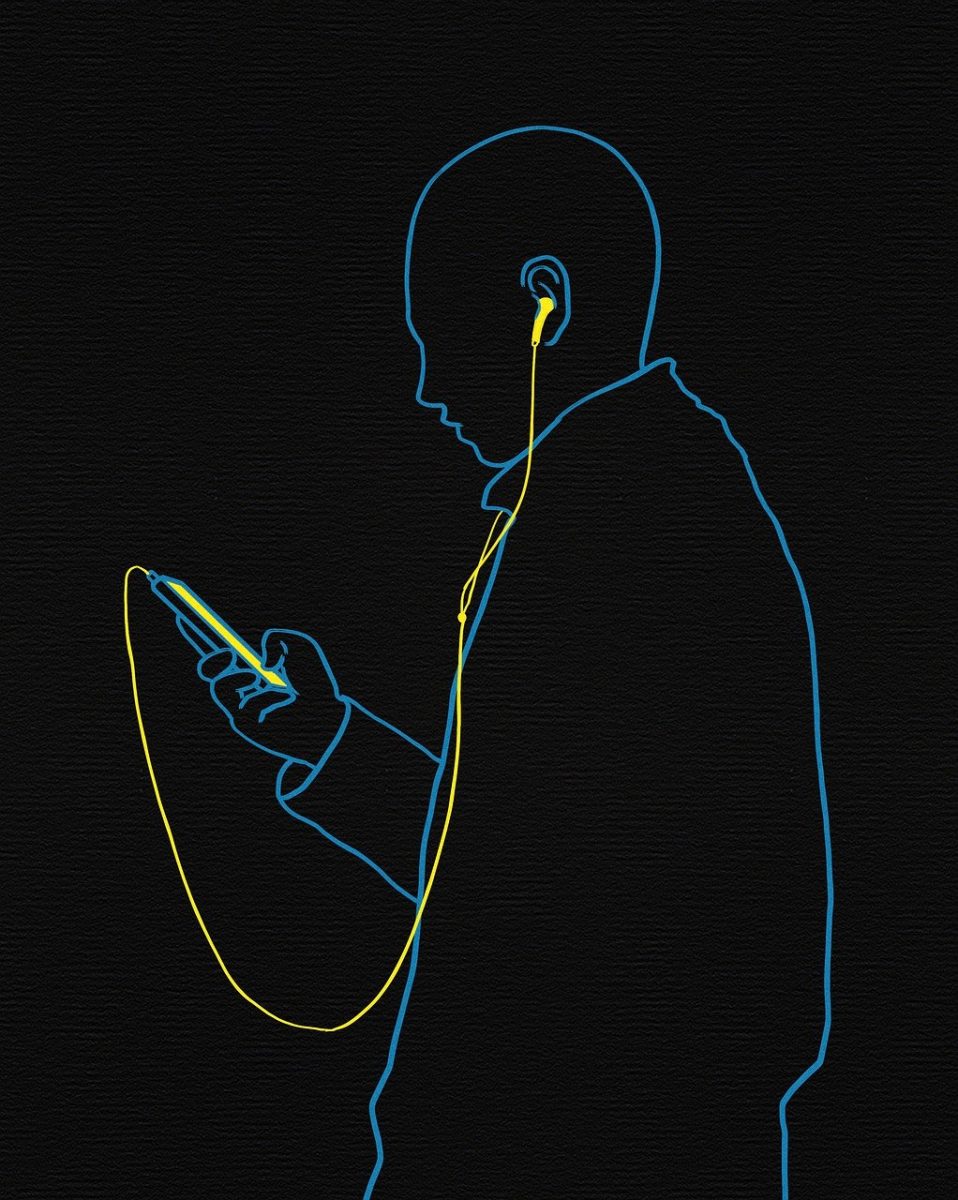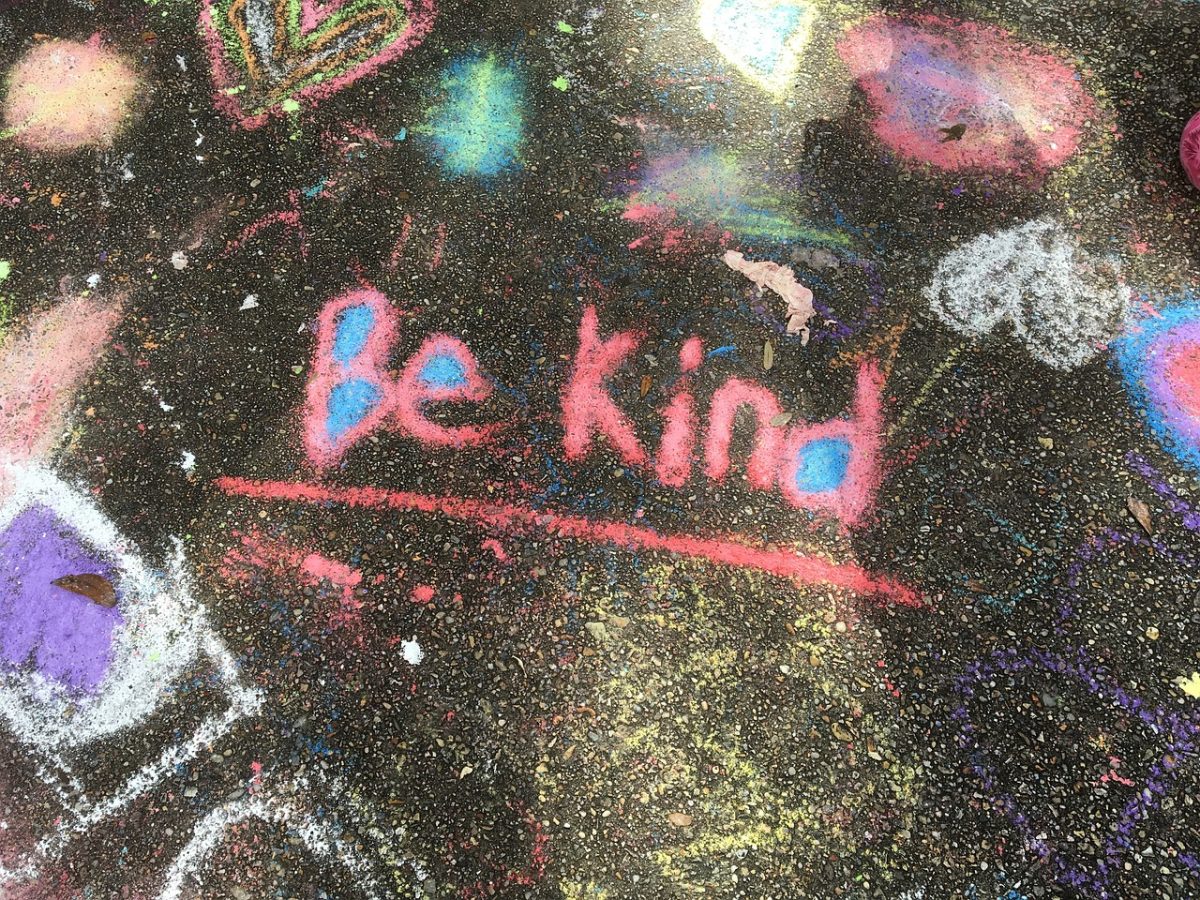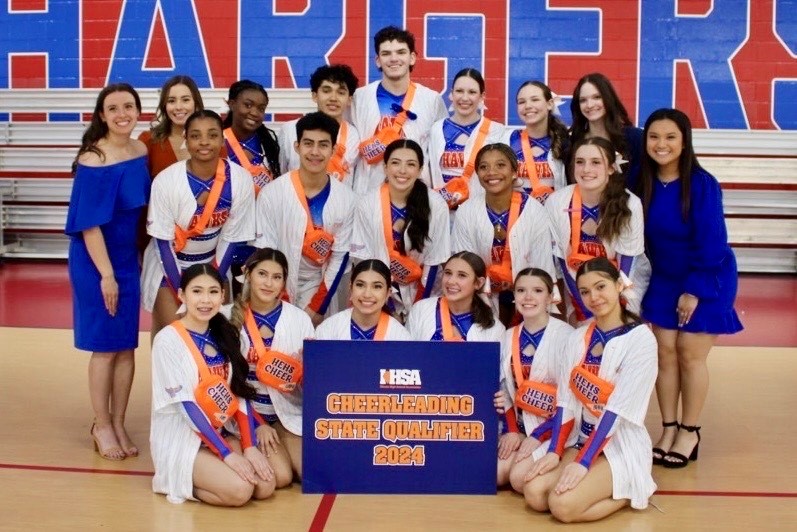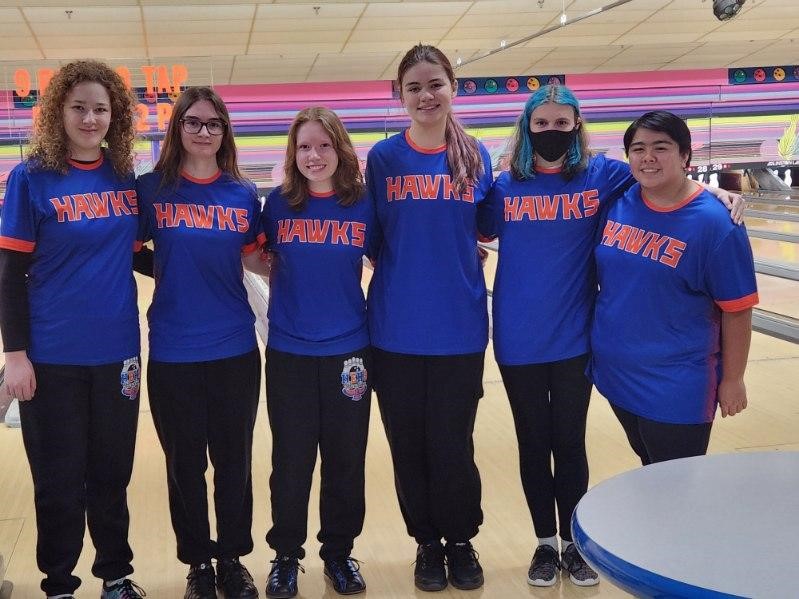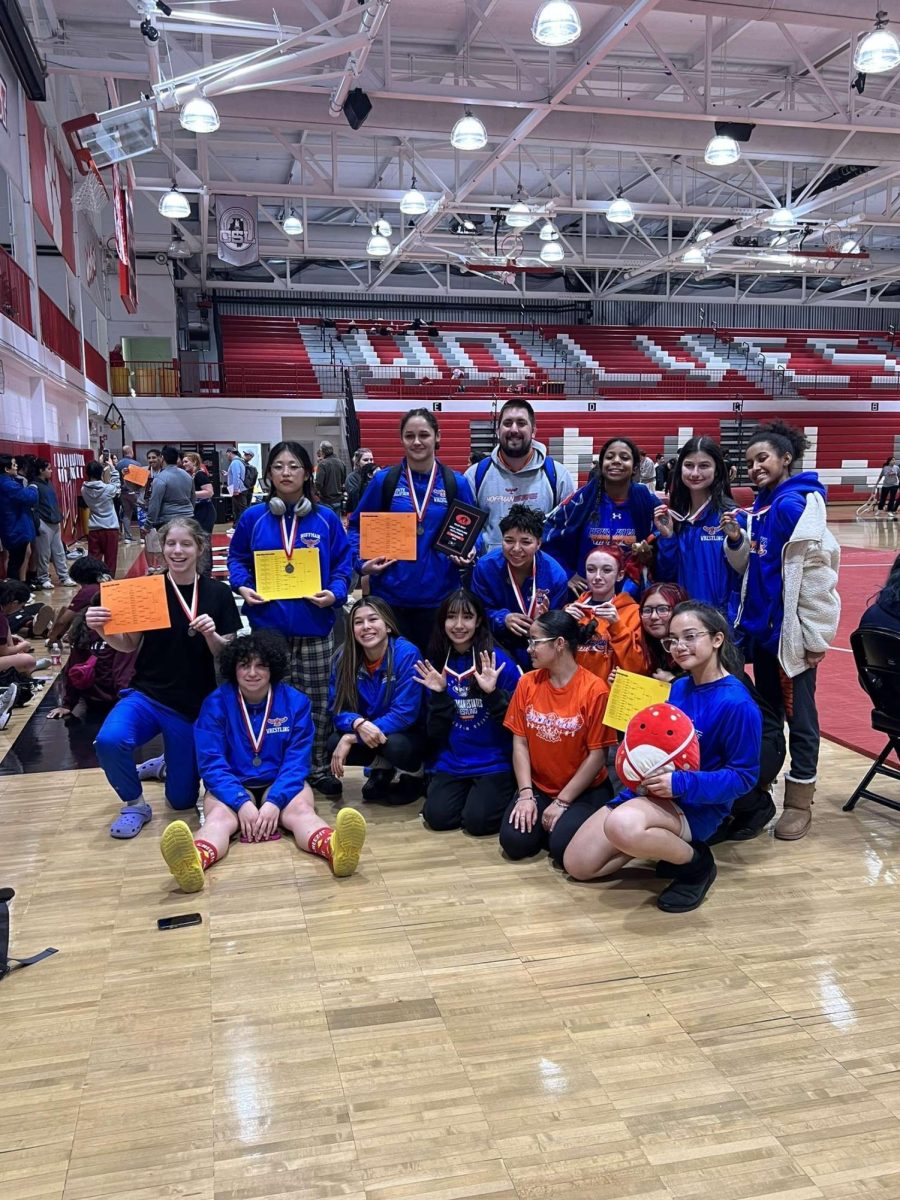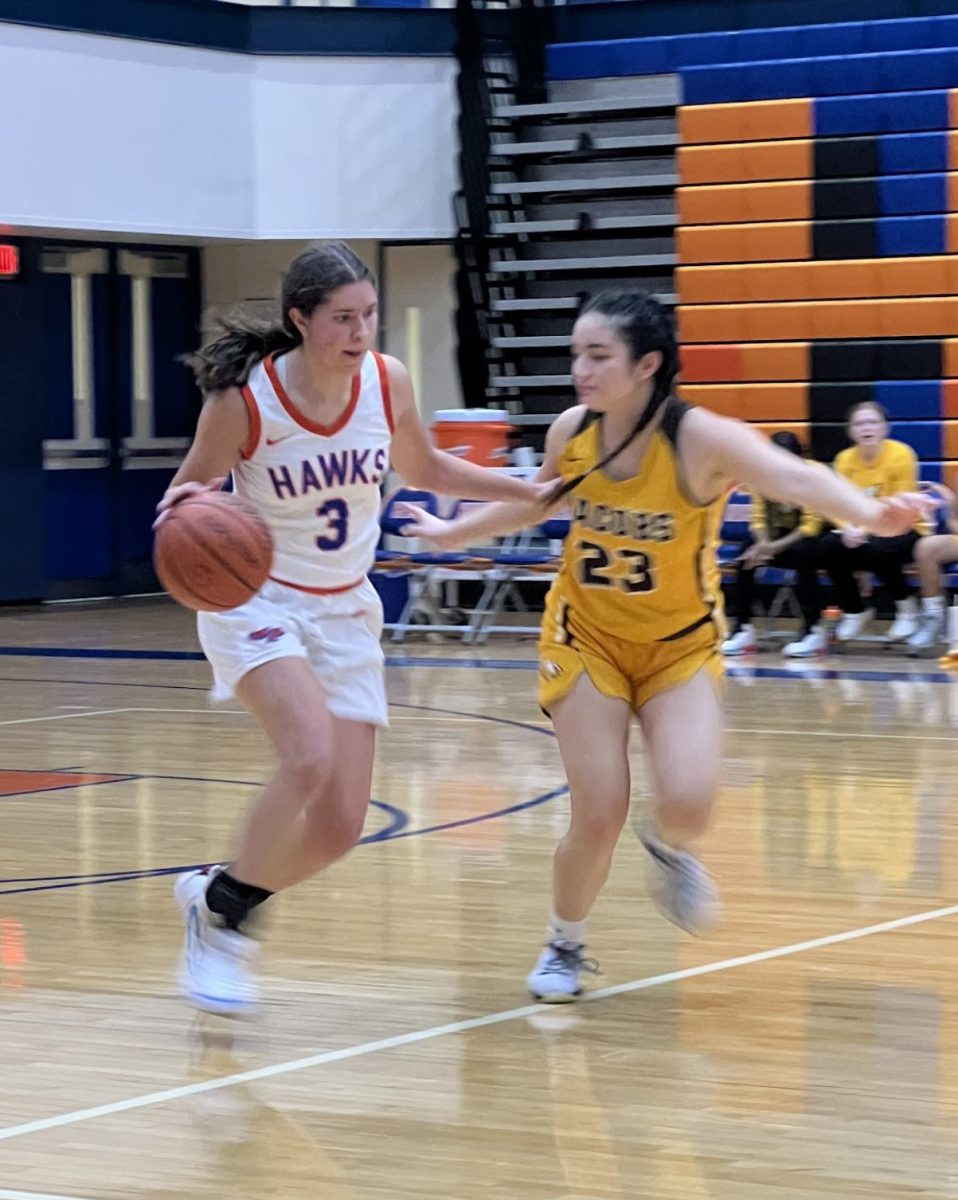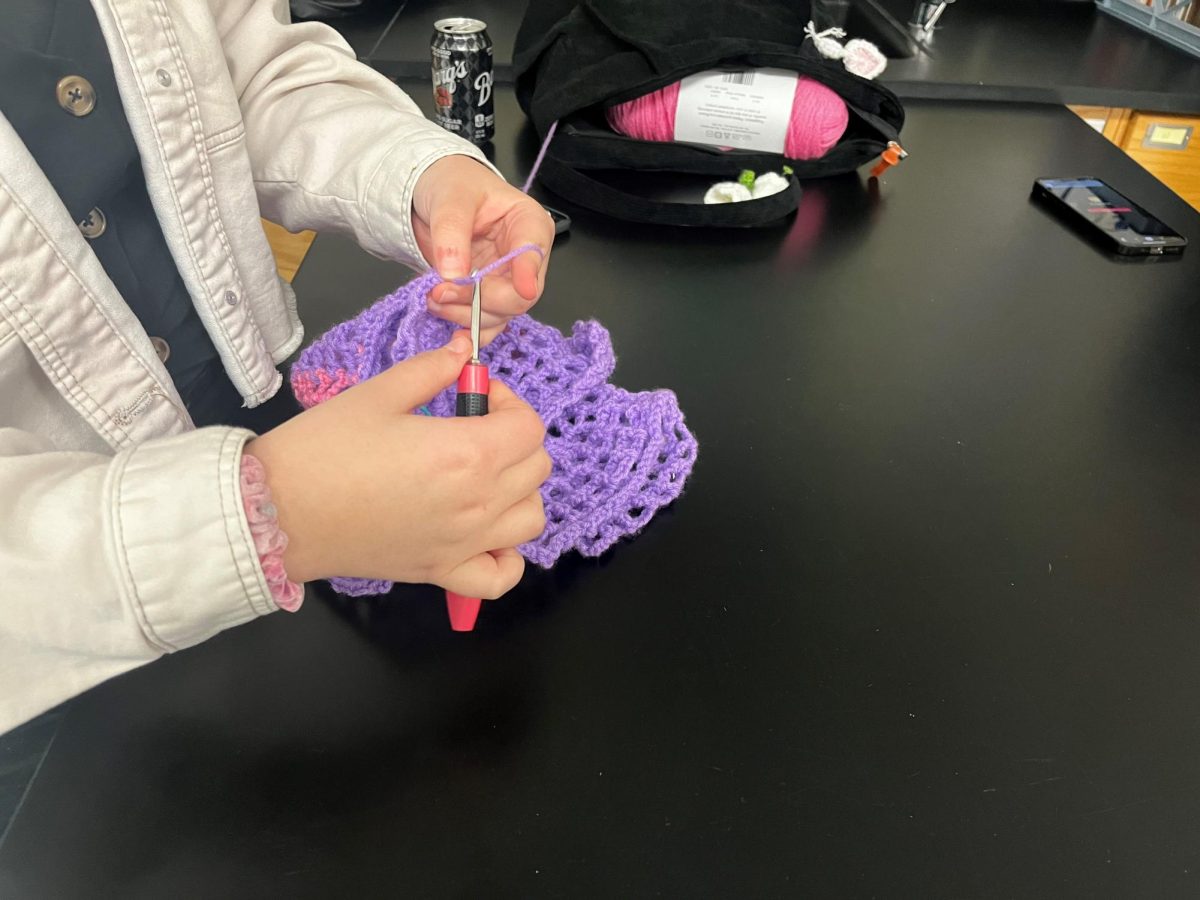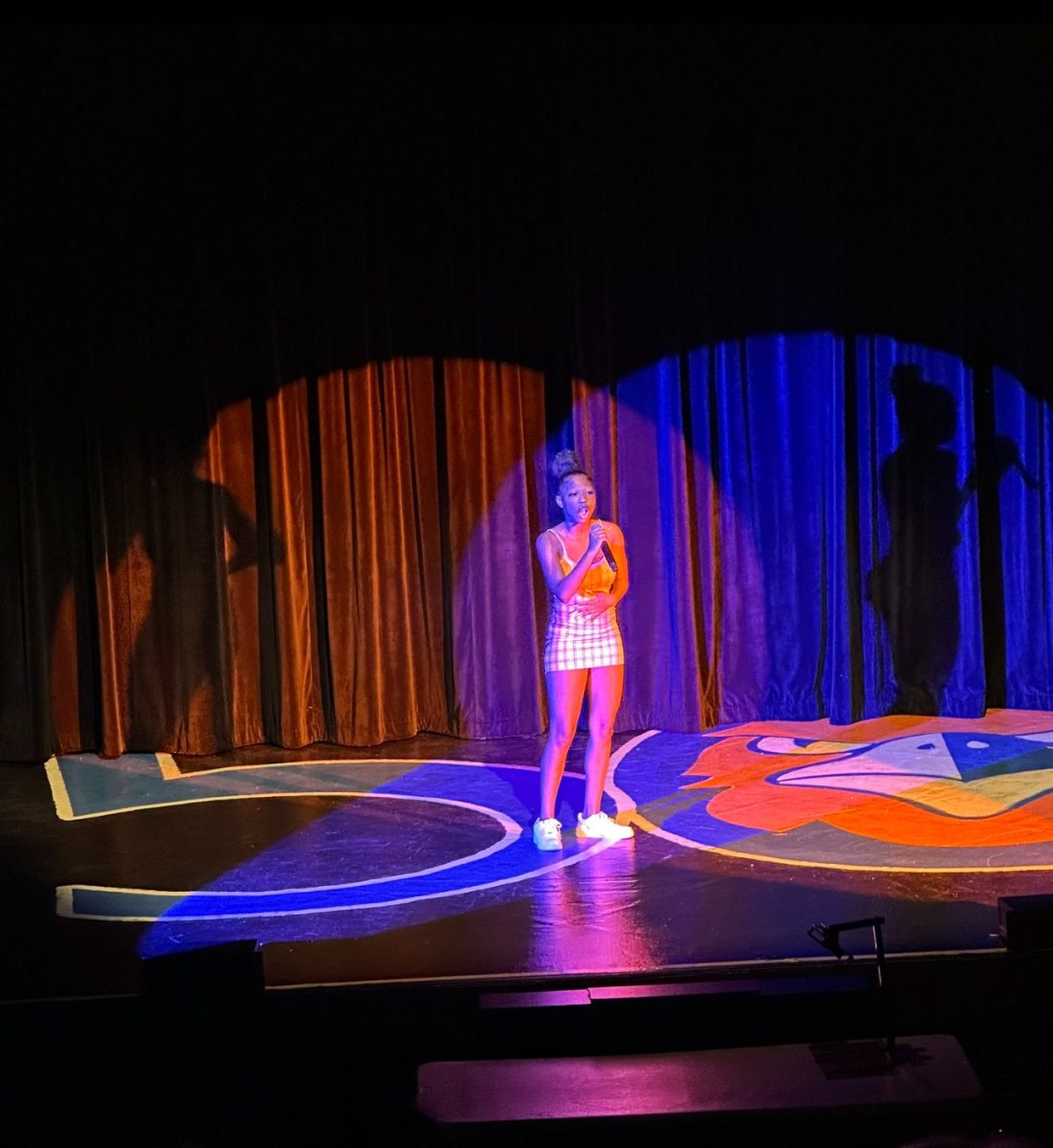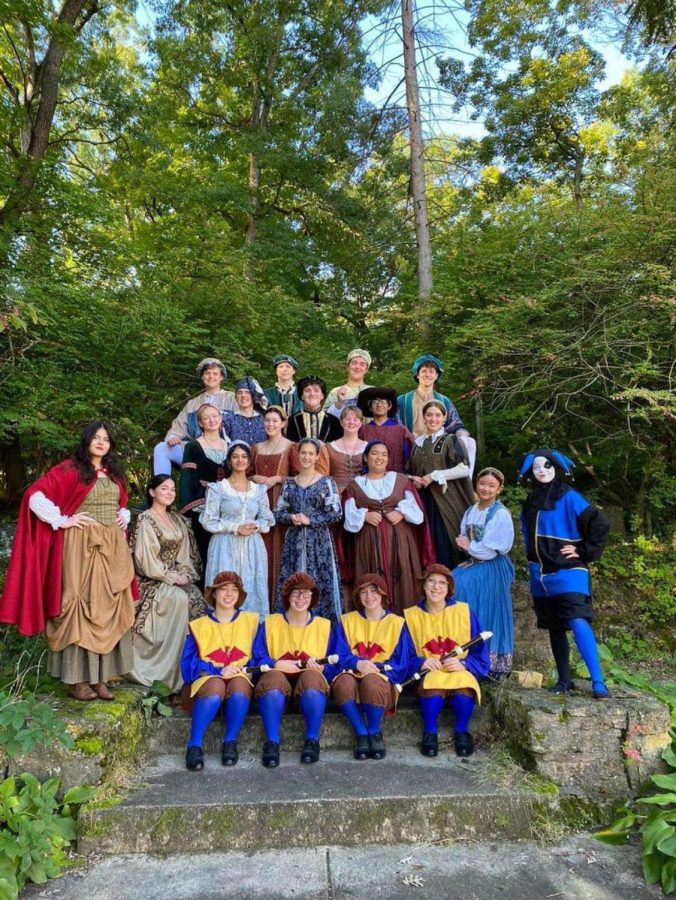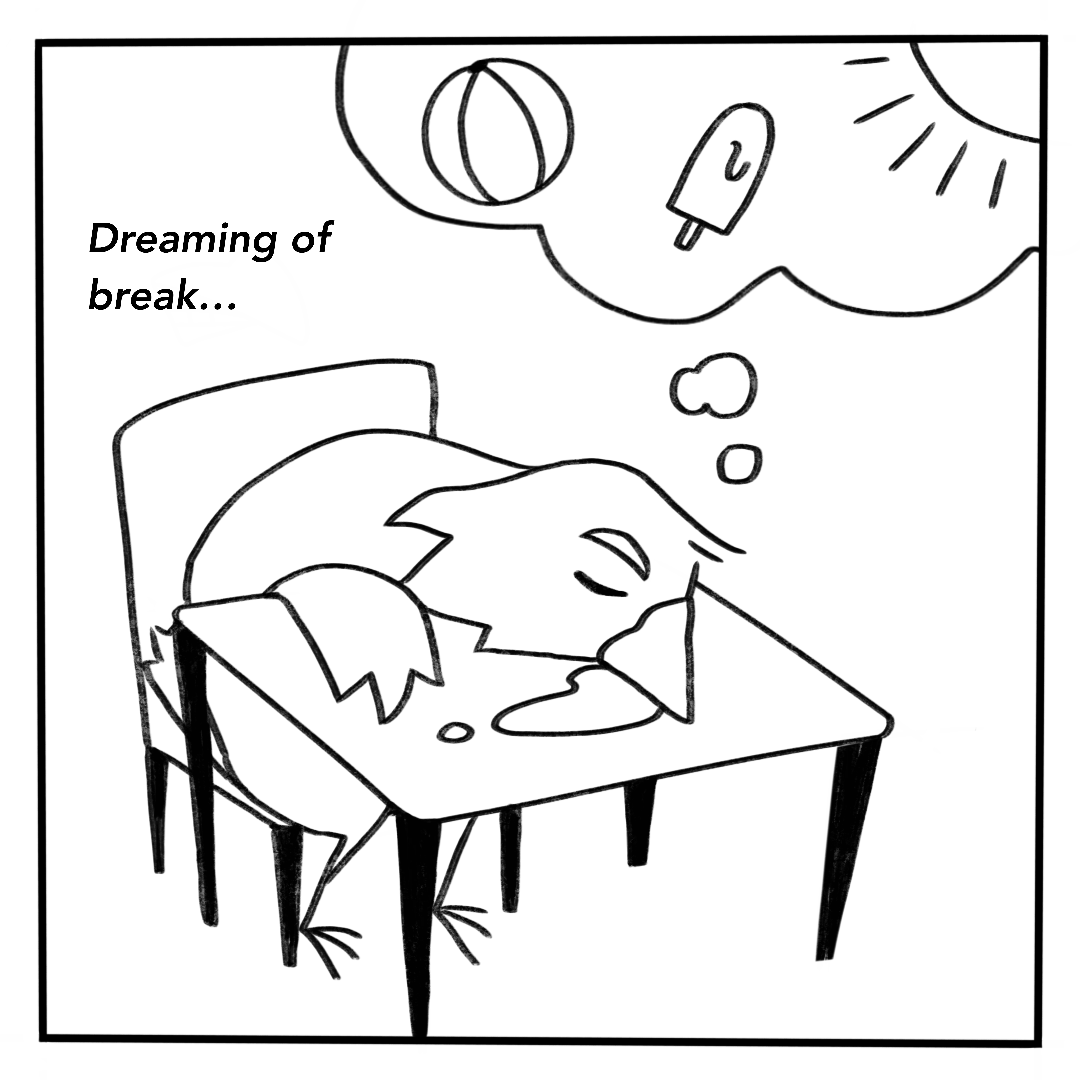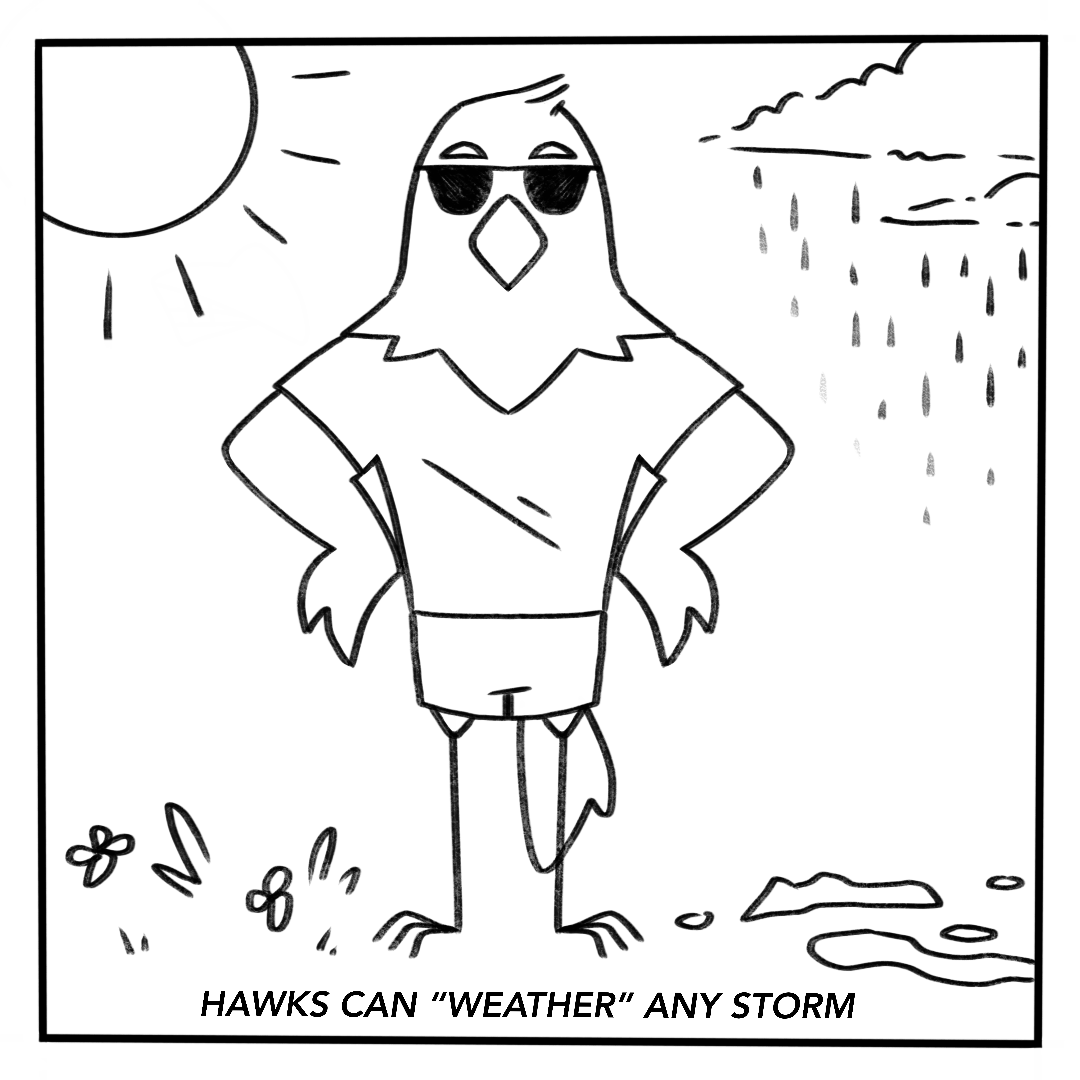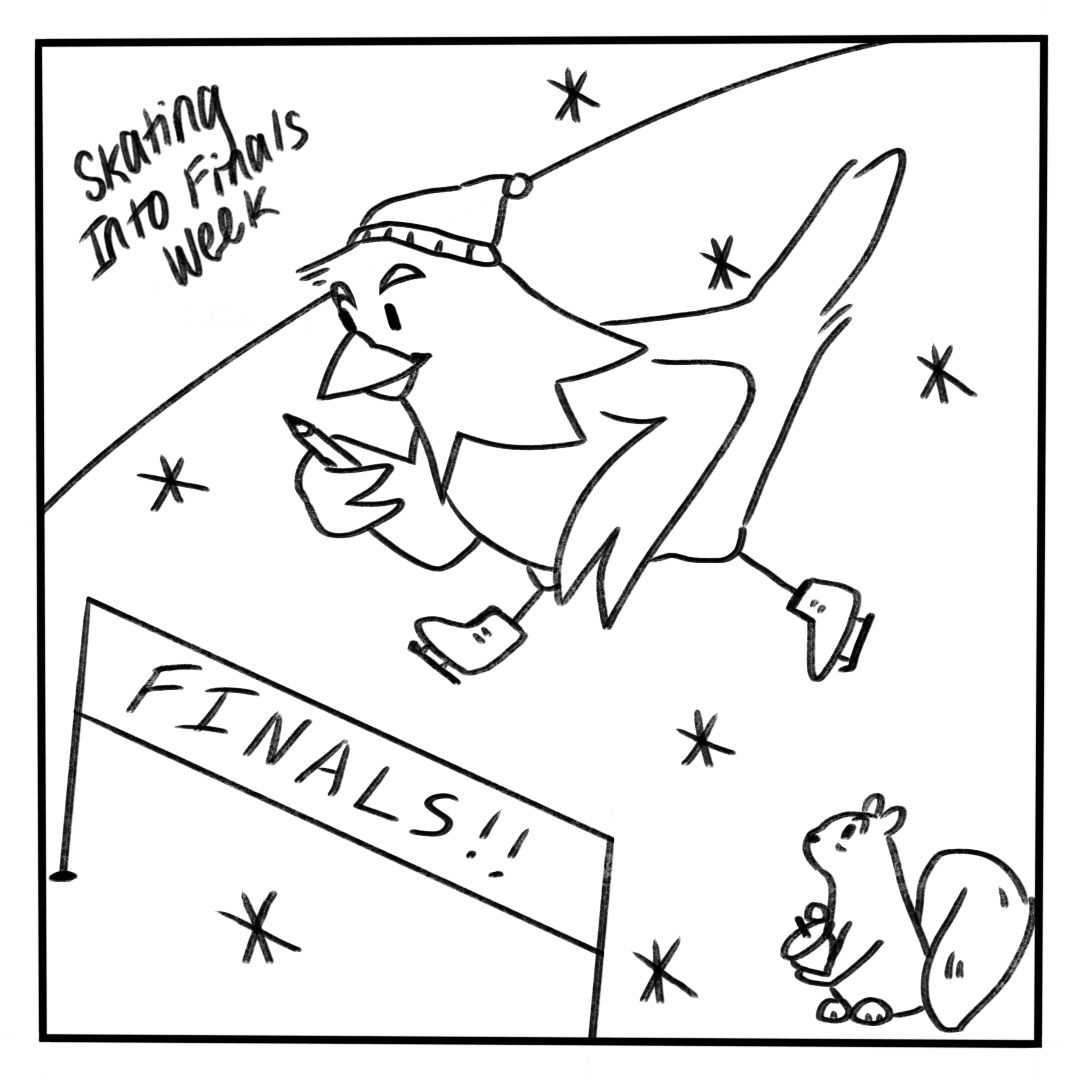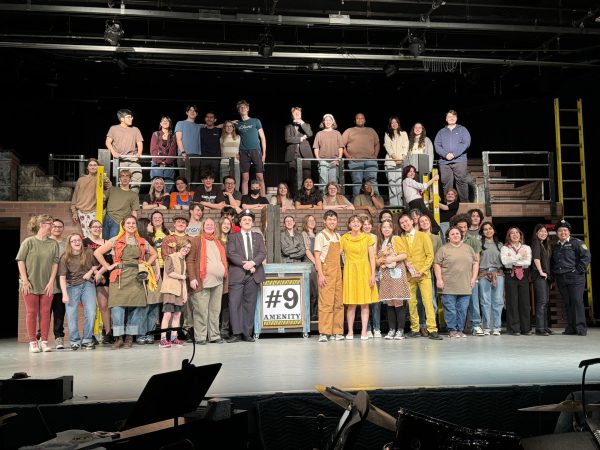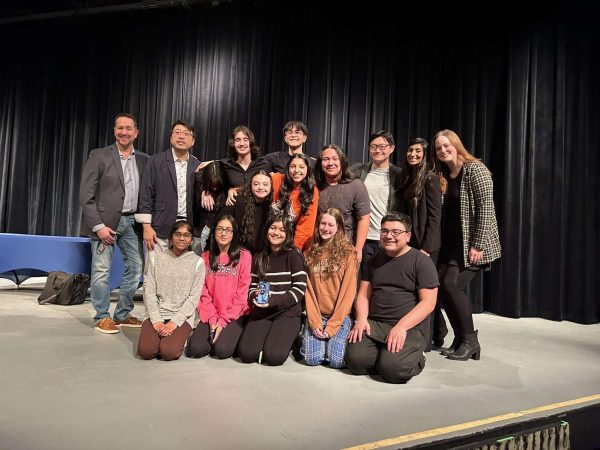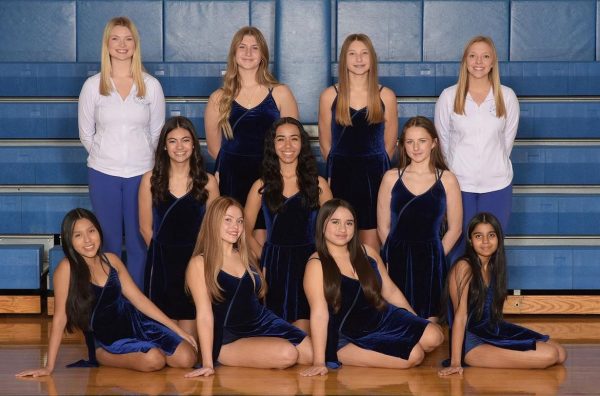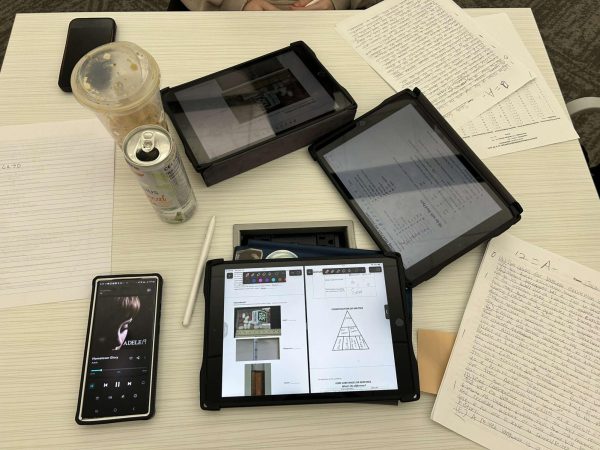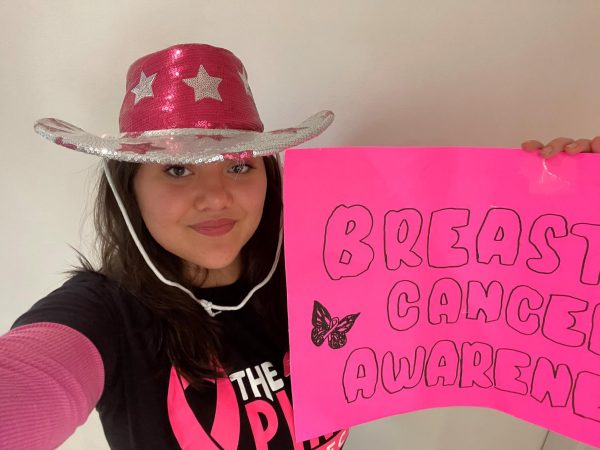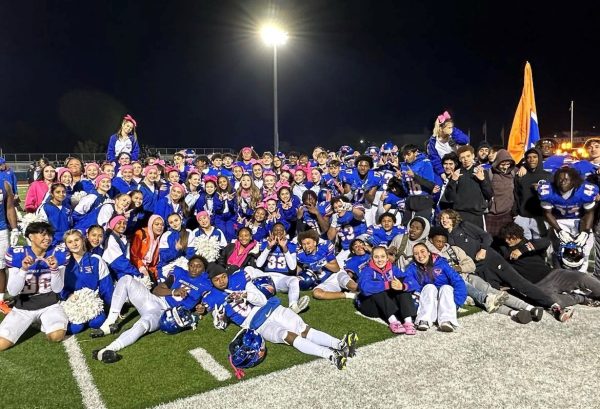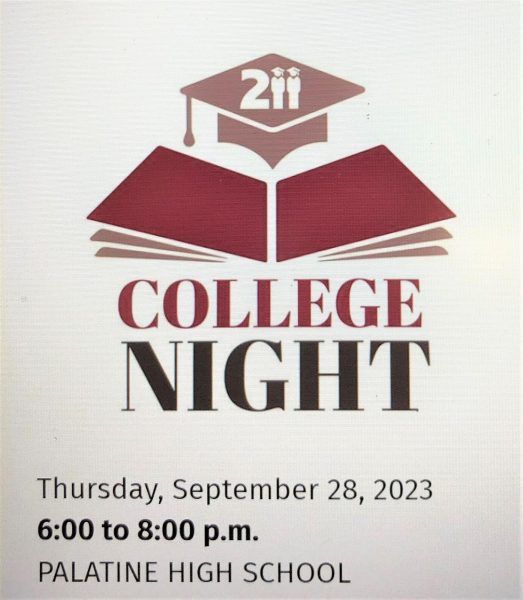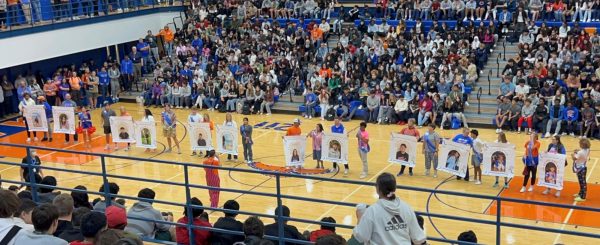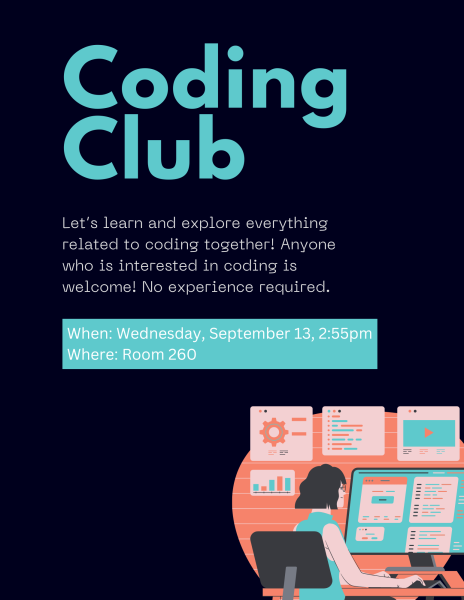Chemistry students defend research to peers, teachers, administrators
October 2, 2015
Hoffman’s sophomore accelerated Chemistry classes presented polymer products to peers and faculty in a new format from years past.
Students tested given polymers and then designed and conducted experiments to improve a polymer’s property for a product. Then, with their group of three, the groups presented their experiments, findings, and marketing strategies at the same time to peers and faculty in room 235.
“Typically, I think we’d have the students present in front of only their class and this was really different because Mrs. LeVanti and I were not the focus group or the audience,” said Tanya Katovich, accelerated chemistry teacher. “They had to basically speak to their peers and administrators to defend their research.”
The different format this year was inspired by Next Generation Science Standards (NGSS), an effort by twenty six states to improve and standardize science education. The project and presentation was modeled to simulate real life science conferences.
“One aspect of [NGSS] is the science and engineering practices. In order for kids to be better scientists and better engineers, we want them not only to be able to do research, but to be able to act like a true scientist and and engineer and be able to communicate that information to other people, and that’s exactly what they were doing,” said Katovich.
Though students were free to invite anyone they wanted, the presentation became more difficult when more people watched. In front of a relatively large audience, spectators could directly question students during their presentation to test their knowledge.
“They didn’t know what questions were going to be asked of them, which put a different spin on it this time. There were some open ended questions and it made students think right on the spot to give a good answer,” said Kristy LeVanti, accelerated chemistry teacher.
One of the most integral parts of the project was the experimental redesign. While testing polymers, if students found no correlation or trend between their independent variable and the property they attempted to change, they got the chance to change their experiment entirely in a redesign. If the amount of talcum powder in the polymer had no effect on stretchability, students could change the amount of glue and collect data to draw a conclusion on which modified polymer they would use for their product.
“Their knowledge and understanding of independent variables, dependent variables and experimental groups was far more than it would have been if we had just done this polymer lab the way we’d done it in the past, by running only one experiment.
They actually had to use their analysis to make a new hypothesis and determine what could be changed and how they could make it even better with the redesign. Again, that’s a part of NGSS,” said LeVanti.
Students enjoyed the project, too. A lot of work went into it, but students had fun. They got to watch their fellow peers present as they explored the room during ongoing presentations.
“Presenting our ideas was not only a fun way for us to do chem work, but it also gave us an opportunity to see what types of things our classmates are capable of coming up with – you never know who could be the next Bill Gates,” said Mihir Patel (’18).
Next year, sophomore accelerated chemistry classes will have the opportunity to do this lab again. Asked for tips, the chemistry teachers responded accordingly.
“Think big. It’s not a bouncy ball, even though that is what you think it is on the first day,” said LeVanti.
“Bring cookies. They lure people to come and watch you,” said Katovich.
